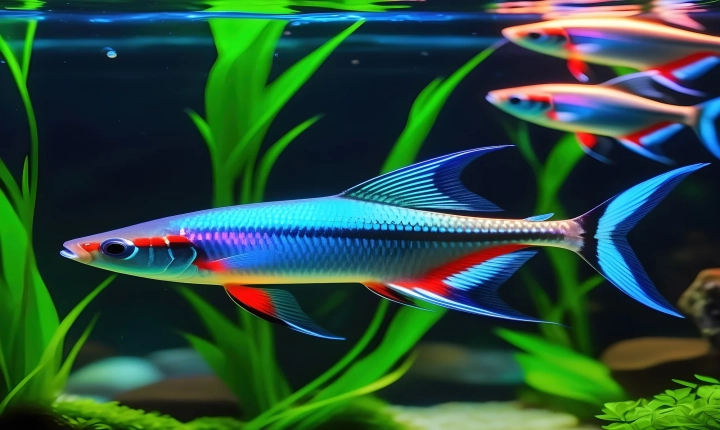Pa’i’ai is a traditional Hawaiian staple made from pounded taro root. This starchy, gluten-free and nutrient-dense food has been a part of the Hawaiian diet for centuries, and making it is not only a culinary skill but also a cultural tradition.
To make pa’i’ai, you will need fresh taro root, water, a large mortar and pestle, and a clean cloth. Here’s a step-by-step guide on how to make this delicious and versatile dish:
1. Selecting the taro: Choose fresh and firm taro roots that are free from blemishes or soft spots. Taro can be found in some specialty markets or in Hawaiian grocery stores.
2. Preparing the taro: Wash the taro root thoroughly to remove any dirt. Then, peel the tough outer skin with a knife or a vegetable peeler. Cut the taro into chunks, making sure to remove any fibrous or woody parts from the center.
3. Steaming the taro: Place the taro chunks in a steamer basket and steam them until they are fully cooked and tender. This usually takes about 30-40 minutes, depending on the size of the taro pieces.
4. Pounding the taro: Once the taro is cooked, transfer it to a large mortar and start pounding it with a heavy pestle. Use a steady, rhythmic motion to pound the taro, turning and flipping it as you go. This process helps to break down the taro into a smooth, sticky paste.
5. Kneading the pa’i’ai: After pounding the taro for a while, it will start to form a sticky, dough-like consistency. At this point, transfer the pa’i’ai to a clean cloth and knead it to remove any remaining lumps and make the texture uniform.
6. Shaping the pa’i’ai: Once the pa’i’ai is smooth and pliable, it can be shaped into small balls or patties, or wrapped in ti leaves for storage. The traditional method of shaping pa’i’ai involves using the hands to form the dough into rounds.
7. Serving the pa’i’ai: Pa’i’ai can be eaten on its own, used as a base for savory dishes, or sweetened and flavored for desserts. It can also be wrapped in leaves and stored for several days at room temperature or in the refrigerator.
Making pa’i’ai is a labor-intensive process that requires patience, strength, and practice. However, the end result is a satisfying and nutritious food that holds great cultural significance for the people of Hawaii. The traditional method of making pa’i’ai has been passed down through generations, and preserving this knowledge ensures the preservation of Hawaiian culture and heritage.
In conclusion, pa’i’ai is a unique and versatile food that is deeply rooted in Hawaiian culture. Despite the labor-intensive process, making pa’i’ai is a fulfilling experience that connects people to their heritage and provides a deeper appreciation for the traditions of the past. Whether enjoyed on its own or as a base for other dishes, pa’i’ai is a delicious and nutritious staple that continues to hold a special place in the hearts and stomachs of those who appreciate its cultural significance.
